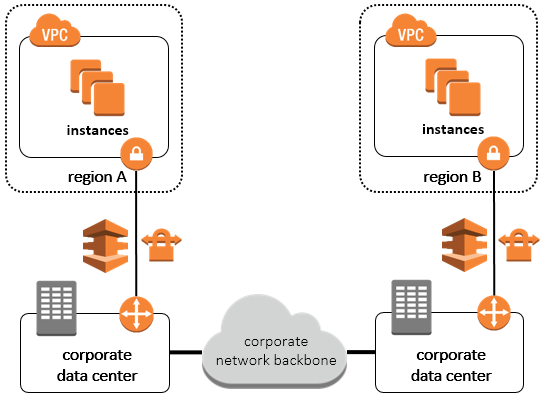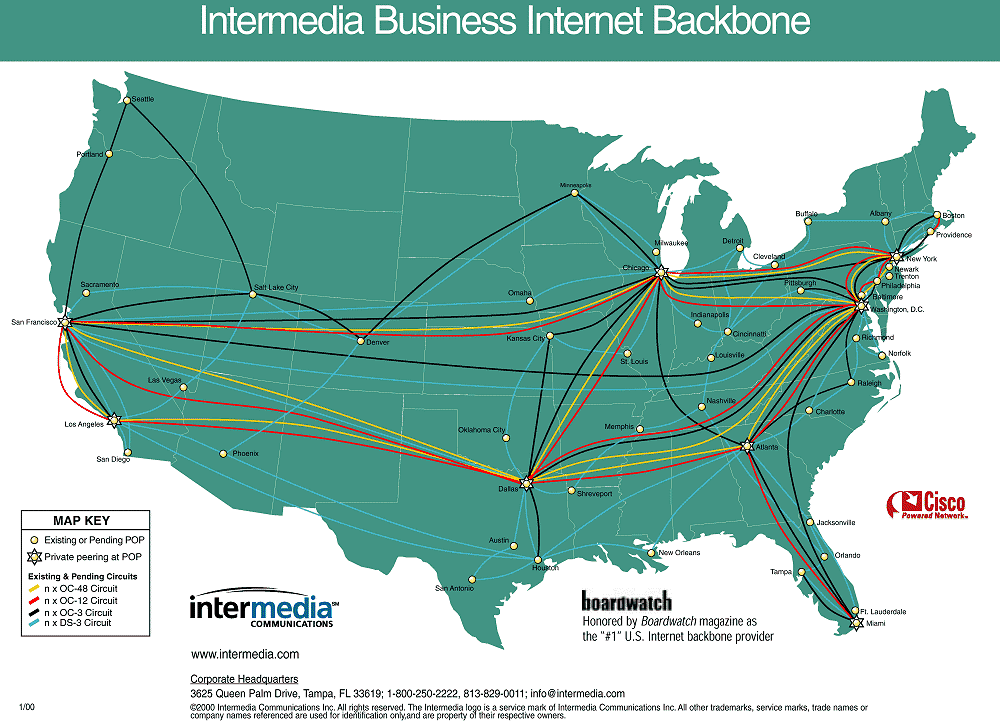


This is achieved by tracking the inferior BPDUs that a designated bridge sends when it experiences a direct link failure.Ī mechanism that allows for an check immediate check if the BPDU information stored on a port is still valid. The ability to detect an indirect link failure as soon as possible. In order to get rid of this max_age delay, backbone fast introduces two enhancements: In order to do this, it passively waits for max_age. With the previous example, STP invalidates information that becomes wrong because of an indirect link failure. Backbone Fast Enhancements to Standard STP In order to do this, it ages out immediately after the port receive inferior BPDUs. The backbone fast feature proposes to save max_age (20 seconds). This is 50 seconds with the default parameters.
Backbone network plus#
It took the max_age value (20 seconds) plus twice the fw_delay value (2x15 seconds) to recover from this indirect link failure. This takes twice the fw_delay value, an additional 30 seconds. Port P moves to the forwarding state through listening and learning states. The port goes immediately to listening and S starts to send its better BPDU to B.Īs soon as B receives the BPDU from S, it stops sending its BPDU. When S receives this new BPDU from B, it realizes it is inferior to the one it had stored for port P and ignores it.Īfter max_age timer expires (20 seconds by default), the BPDU stored on S for port P ages out. It starts to send BPDUs to S and claims to be the new root. If link L1 goes down, switch B immediately detects the failure and assumes it is the root. S blocks its port P and B is the designated bridge for link 元. Assume that R is the root bridge and B is the backup root bridge. This illustrates how STP behaves when it has to recalculate after an indirect link failure, that is, when a bridge has to change the status of some of its ports because of a failure on a link that is not directly attached to it.Ĭonsider this diagram, which involves three switches R, B, and S in a fully meshed topology. How STP Recovers From an Indirect Link Failure A bridge stores the value of the BPDU on a port sent by the current designated bridge. This means that on the segment connected to this port, there is another bridge that is a designated bridge. However, the better a BPDU, the better the access to the best root bridge.Ī bridge that receives a BPDU on a port better than the one it sends out, puts this port in blocking mode unless it is its root port. There are other variables that then can act as a tie-breaker. When the root bridge ID values are equal and the costs to the root are the same, then the BPDU with the better sender bridge ID is better. When the root bridge ID values are equal, then the BPDU with the lowest path cost to the root is better. When one BPDU carries a better root bridge ID than another. A BPDU is considered better than another BDPU for these reasons: Among these fields are the root bridge ID, path cost to the root, and sender bridge ID.
Backbone network software#
The information in this document is based on these software and hardware versions:Ĭatalyst 2950 Series Switches that run Cisco IOS Software Release12.1(6)EA2 and laterĬatalyst 3550 Series Switches that run Cisco IOS Software Release12.1(4)EA1 and laterĬatalyst 4000 Series Switches that run CatOS 5.1(1a) and laterĬatalyst 4500/4000 Series Switches that run Cisco IOS Software Release 12.1(8a)EW and laterĬatalyst 5500/5000 Series Switches that run CatOS Version 4.1(1) and laterĬatalyst 6500/6000 Series Switches that run CatOS Version 5.1(1)CSX and laterĬatalyst 6500/6000 Series switches that run Cisco IOS Software Release 12.0-7XE and laterīridge Protocol Data Units (BPDUs) can be strictly classified by the fields they carry. There are no specific requirements for this document.
Backbone network how to#
After a quick review of some Spanning-Tree Protocol (STP) basics, you can see the exact failure scenario to which backbone fast applies and how to configure it for Catalyst switches that run both CatOS and Cisco IOS ® software.

Backbone fast is a Cisco proprietary feature that, once enabled on all switches of a bridge network, can save a switch up to 20 seconds (max_age) when it recovers from an indirect link failure. This document describes how to configure backbone fast.


 0 kommentar(er)
0 kommentar(er)
